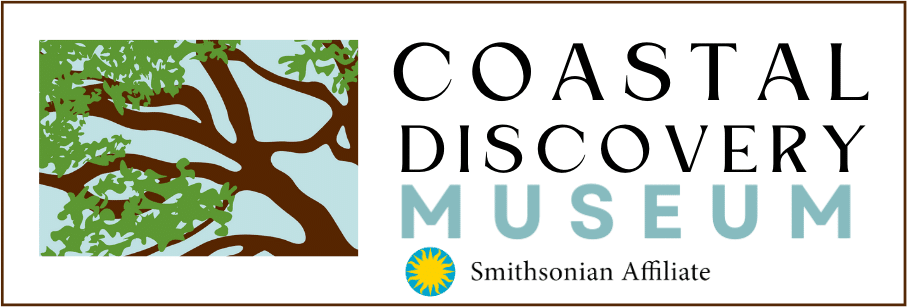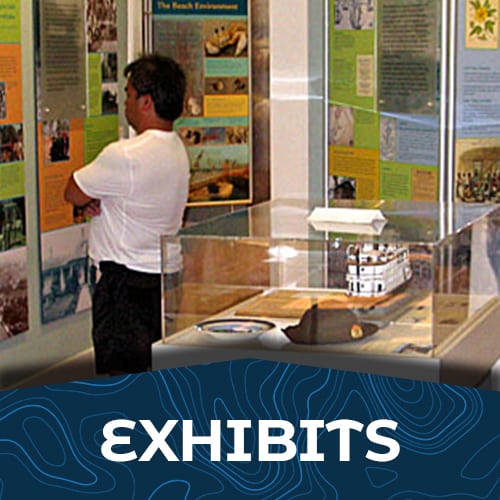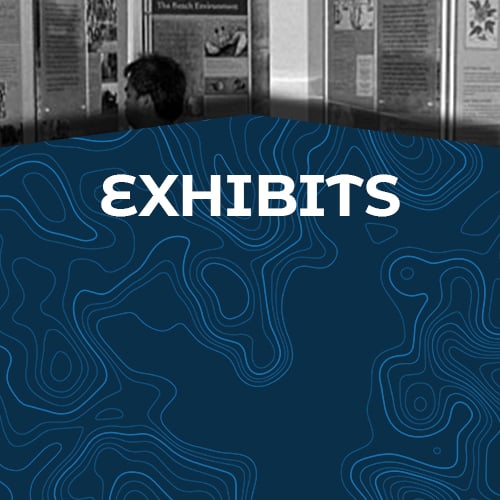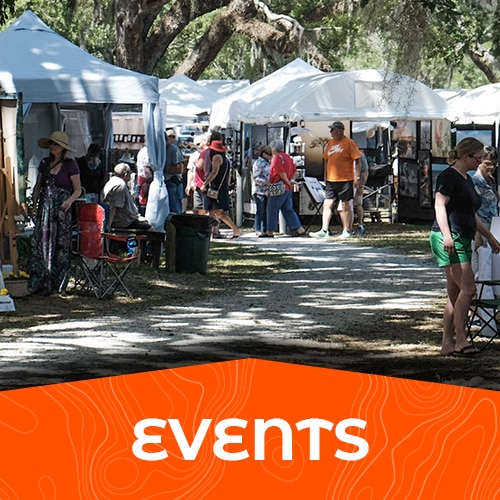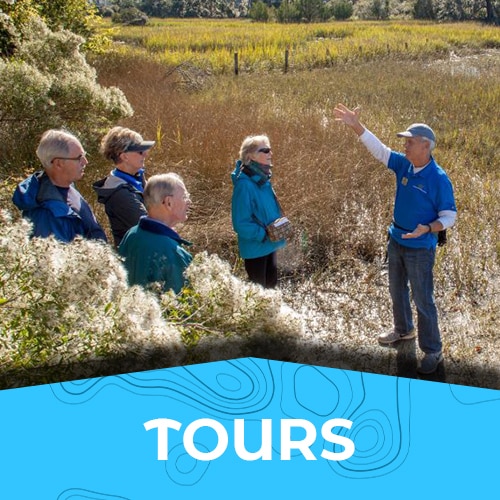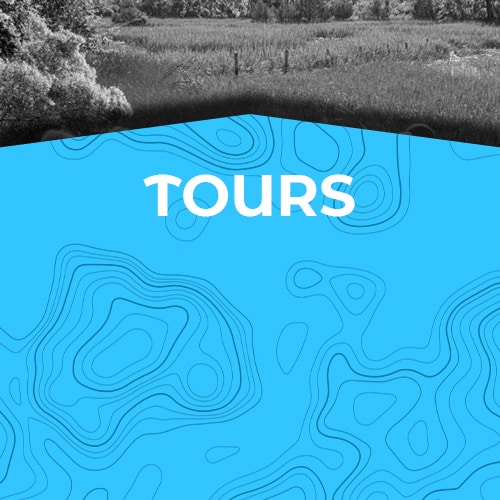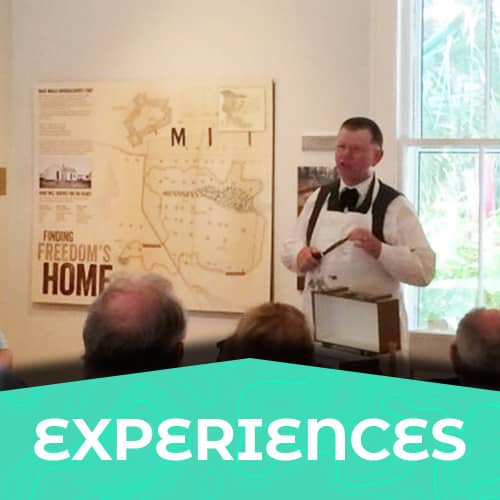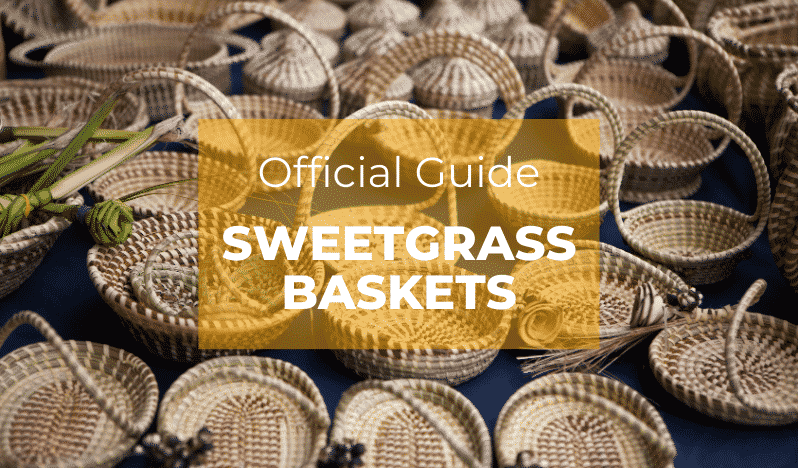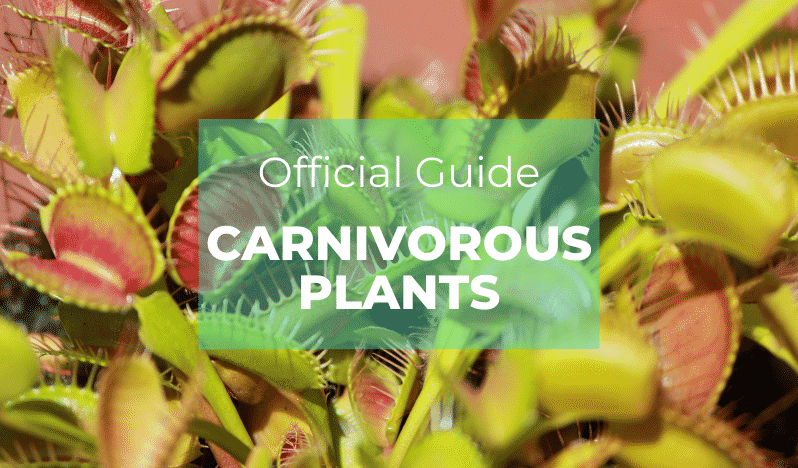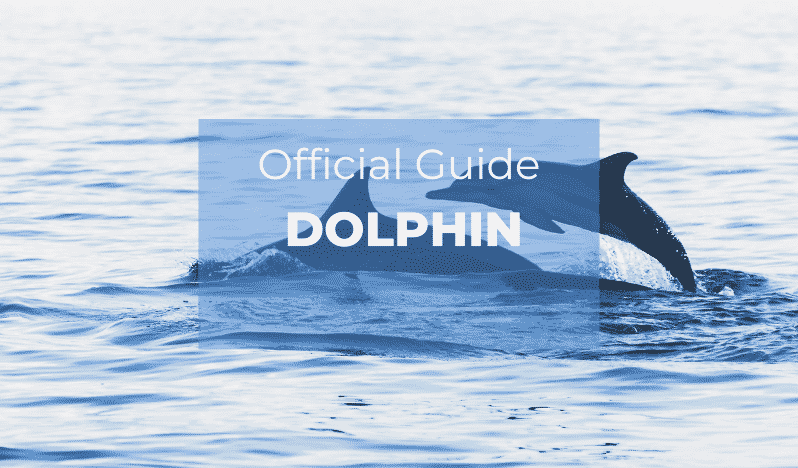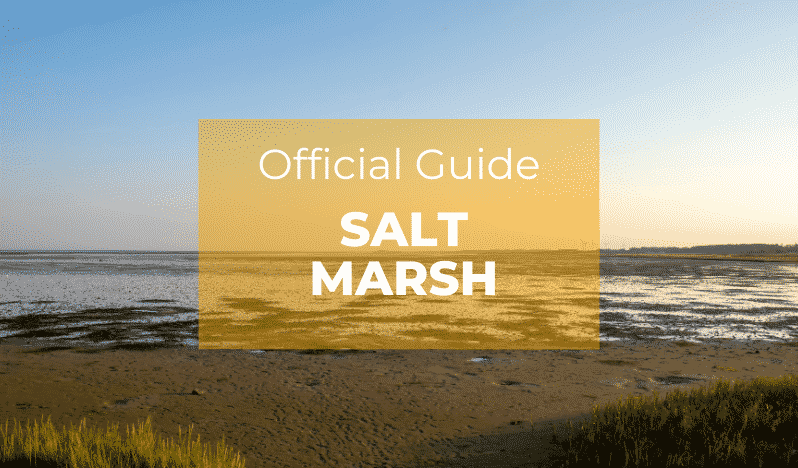What’s The Buzz?
Did you know the Coastal Discovery Museum created one of the first Insect Houses of its kind here in the Lowcountry?
Created in 2016, this unique structure made of tightly packed, dried bamboo shoots (or “pipes"), provides habitats for a wide variety of regional insects like wasps, ants, bees, and spiders. The initiative behind it was to foster the breeding and lifecycle of species that play an important role in the health of our local ecology. While common across Europe, the idea of keeping insect houses is still an obscure one in the US, but so beneficial to both the insect world, and to us for how they impact the environment at large. Perhaps in years to come insect houses will grow to be as commonplace in the countryside, backyards, and farms as bee colonies have become in recent decades.
On the museum’s home campus of Honey Horn, Museum Natural History Curator and Manager Carlos Chacon covers the basic nature of Lowcountry insect houses in a variety of talks, workshops, and streaming online resources. Starting with what kind of insects are likely to use the structure and Chacon shows the different behaviors of different inhabitants like what they eat, how they breed, their habitation cycle, and other unique behaviors like the Mason wasp which gets its name from sealing their “pipe” at the end with mortar-like mud. Then take what you learned and put it into practice in your area of influence as Chacon walks you through benefit of adding one to your home and area gardens and what you’ll need to build one.
Inspect the Insects
Check out the INSECT HOUSE located behind the Discovery House on the museum’s Honey Horn campus or browse Costal Discovery’s Online Natural History Resources.
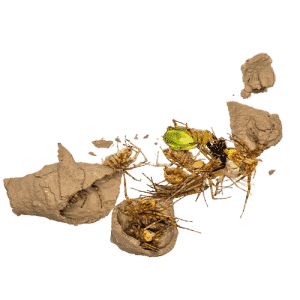
What’s The Buzz?
Did you know the Coastal Discovery Museum created one of the first Insect Houses of its kind here in the Lowcountry?
Created in 2016, this unique structure made of tightly packed, dried bamboo shoots (or “pipes"), provides habitats for a wide variety of regional insects like wasps, ants, bees, and spiders. The initiative behind it was to foster the breeding and lifecycle of species that play an important role in the health of our local ecology. While common across Europe, the idea of keeping insect houses is still an obscure one in the US, but so beneficial to both the insect world, and to us for how they impact the environment at large. Perhaps in years to come insect houses will grow to be as commonplace in the countryside, backyards, and farms as bee colonies have become in recent decades.
On the museum’s home campus of Honey Horn, Museum Natural History Curator and Manager Carlos Chacon covers the basic nature of Lowcountry insect houses in a variety of talks, workshops, and streaming online resources. Starting with what kind of insects are likely to use the structure and Chacon shows the different behaviors of different inhabitants like what they eat, how they breed, their habitation cycle, and other unique behaviors like the Mason wasp which gets its name from sealing their “pipe” at the end with mortar-like mud. Then take what you learned and put it into practice in your area of influence as Chacon walks you through benefit of adding one to your home and area gardens and what you’ll need to build one.
Inspect the Insects
Check out the INSECT HOUSE located behind the Discovery House on the museum’s Honey Horn campus or browse Costal Discovery’s Online Natural History Resources.
EXPLORE
COASTAL DISCOVERY MUSEUMEXPLORE
COASTAL DISCOVERY MUSEUM
DISCOVER WHAT'S HAPPENING NOW
DISCOVER
WHAT'S HAPPENING NOW
SHARE
YOUR EXPERIENCES ON SOCIAL MEDIAUse #coastaldiscoverymuseum and your content could be featured here!
SHARE
YOUR EXPERIENCESON SOCIAL MEDIA
Use #coastaldiscoverymuseum and
your content could be featured here!
